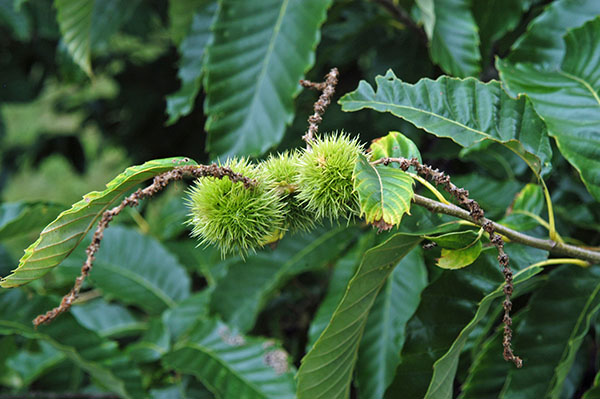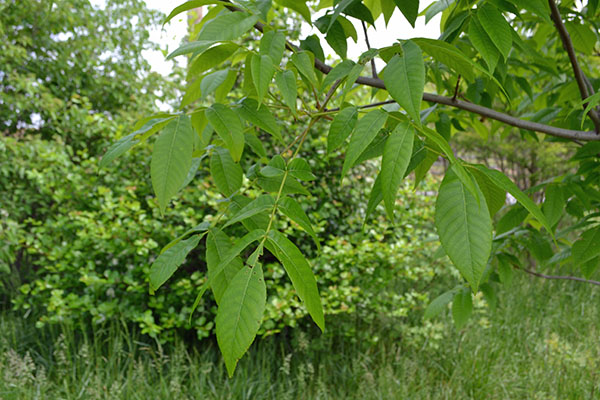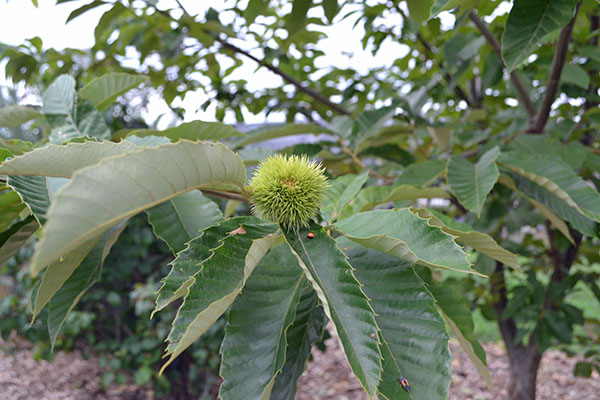Castanea dentata
American Chestnut
Pronunciation
kas-TA-ne-a den-TA-ta
Family
Genus
Nativity
Used to be found all throughout rich woodlands, now more scarce.
Growth Habit
Majestic canopy tree with a wide, rounded crown and spreading branches.
Hardiness
4
Culture
Light sun, moist-dry soil, and found in a range throughout the east coast.
Landscape Use
Pale yellow flowers, unpleasant odor. Wanted for its edible nuts.
Foliage
Alternate, simple, oblong with a serrated edge; 5 to 8 inches long
Buds
Buds are glabrous, chestnut brown. Rounded, dome shaped.
Bark
Glabrous, chestnut brown.
Flower
Monoecious. Showy, off-white male catkins bloom in June and are 4-8 inches long. Female flowers are smaller and non-showy.
Fruit
Nuts with a sweet taste, chestnut brown.
Propagation
Seed, tissue culture.
Pests
Cryphonectria parasitica - the blight that nearly killed off the species






